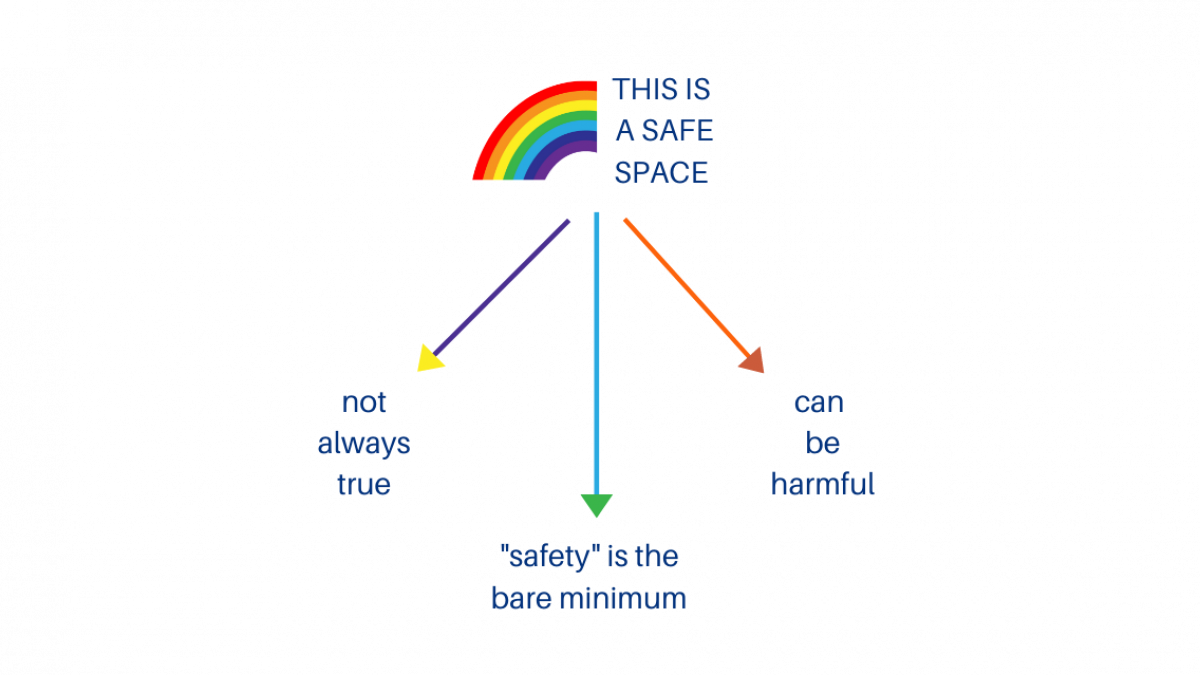Creating Safer Public Spaces

There was a brief moment when we celebrated rainbow-stickered safe zones. A small dance-like walk would erupt, a smile of relief, a feeling of belonging.
Until the safe zone designation proved to be a lie.
Don’t get me wrong, they’re often displayed with good intentions. And can be done right.(Except for the local health center who sought to fast track safe zone designation - for the purpose of checking a box in order to receive grant funding for a building renovation (that had nothing to do with affirming bathrooms or LGBTQ+ care.))
Now, when my family sees a rainbow sticker, it’s met with hesitancy and skepticism.
Because it is within “safe zones” where we *assumed* we could let our guard down. Only to learn over and over and over that the sticker is barely holding on at surface level. Misgendering (more often than not) and “outing” (intentionally and unintentionally) by the people we assumed were the safest.
It’s nearly impossible to designate a multi-use space, such as a classroom or a medical exam room (what about the substitute or other staff that uses the room?), never mind an entire building, as safe.
Here are some steps to becoming a safer public space for LGBTQ+ individuals:
Participate in ongoing paid training that is led by queer and trans+ voices (check out The Transgender Training Institute)
Hire LGBTQ+ individuals with diverse identities
Listen to, believe, and center LGBTQ+ voices
Speak up against anti-LGBTQ+ language and behaviors
Don’t make assumptions based on one’s physical appearance, name, or pronouns
Create welcoming physical spaces with a variety of images containing diverse and intersectional identities
Use neutral, inclusive language as the baseline (they, partner, individual) and then mirror an individual’s used language
Mobile designation, such as a pin on a lanyard or a movable flag that an ally can place in their work space
Use our Practice Assessment Tool
 Sarah M
Sarah M 